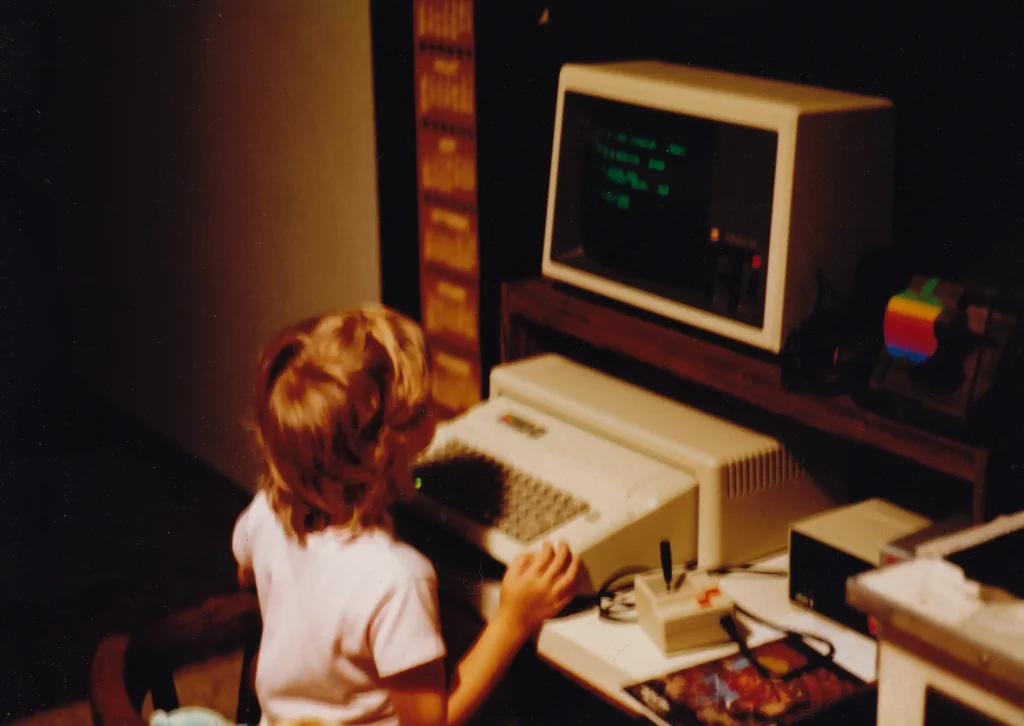Imagine a time before the Internet —before websites, YouTube, Google, and even online games! It might be hard to imagine, but this was the world before the Internet. Everything changed in 1991, when the first website went live. This blog post will take you on a journey back to where it all began.

The Beginning of the Web
The story of the first website starts at CERN (the European Organisation for Nuclear Research) in Switzerland. A scientist named Tim Berners-Lee had a brilliant idea: to create a way for scientists to share information easily, no matter where they were. This idea led to the invention of the World Wide Web.

But what is the World Wide Web? Simply put, it’s a system that lets people access information on the internet through websites using links. Berners-Lee’s goal was to make it easier for scientists to communicate, but his invention soon changed the world for everyone.
The First Website: What Was It About?
The first website, launched on August 6, 1991, wasn’t anything like the colourful and interactive sites we see today. It was hosted on a computer at CERN, and its address was http://info.cern.ch. The website explained the World Wide Web and how people could use it. It included basic instructions on how to set up a web server, create web pages, and use a browser to view websites.

Here’s what it looked like:
- Plain text on a white background
- Blue links that you could click to visit other pages
- No images, videos, or fancy designs

At the time, it was revolutionary! People could now connect and share information in a completely new way.
Who Made It?
Tim Berners-Lee, often called the father of the World Wide Web, is the genius behind the first website. He was working at CERN when he created the first web server, web browser, and web page. His goal wasn’t to make money but to make knowledge accessible to everyone. That’s why he made his invention free for everyone to use.

How Did It Work?
In those early days, using the web wasn’t as simple as opening Chrome or Safari. Here’s what you need to do:
- Use a special computer program called a “web browser” (which Tim Berners-Lee also created).
- Type in the website’s address (URL).
- Wait for the text-based information to load on your screen.

Even though it sounds complicated now, it was a huge step forward for technology.
The Web’s Growth
After the first website, more and more people started building their own sites. By 1993, the first graphical web browser, Mosaic, was created, allowing people to see images along with text. This made websites more interesting and easier to use.

Fast forward to today, and there are more than 1.1 billion websites! From games and shopping to social media and education, the web has become a part of everyday life. But it all started with that simple page in 1991.

Why Was It Important?
The first website showed the world what was possible with the internet. It laid the foundation for:
- Online learning

- Global communication

- E-commerce (shopping online)

- Entertainment, like movies and games

Without it, we might not have the internet as we know it today.
A Fun Fact
The original website still exists! You can visit a replica of it at http://info.cern.ch. It’s like stepping back in time to see how the web began.
What Can We Learn From This?
The story of the first website teaches us that big changes often start with small steps. Tim Berners-Lee didn’t know how huge his invention would become, but he took the first step and shared his idea with the world. Today, the internet connects billions of people, all thanks to one scientist’s vision.

For more interesting articles, please visit www.kidzherald.com





